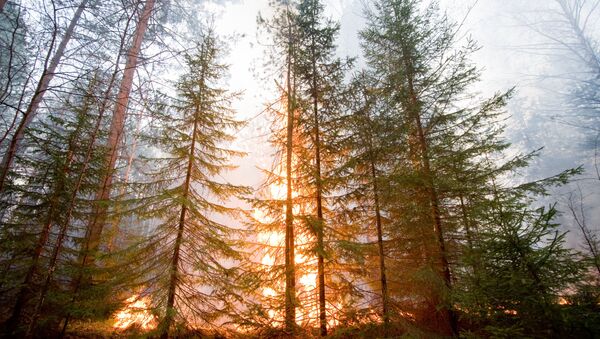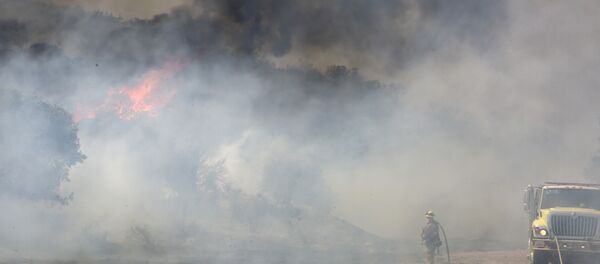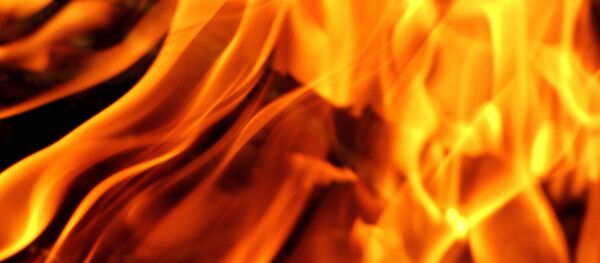“Increased forest fire activity across the western United States in recent decades has contributed to widespread forest mortality, carbon emissions, periods of degraded air quality, and substantial fire suppression expenditures,” the study authors wrote. “Although numerous factors aided the recent rise in fire activity, observed warming and drying have significantly increased fire-season fuel aridity, fostering a more favorable fire environment across forested systems.”
Specifically, they noted that human-caused climate change is a major factor, warning that larger fires are expected.
Global warming, as a result of manmade climate change, is not the only problem, however, as natural changes in the climate over the Pacific Ocean, as well as the use of modern-day fire-suppression efforts have combined forces to increase the danger of larger fires. When firefighters extinguish small wildfires, they allow these areas to collect more dry fuel, allowing a more aggressive and destructive fire at a later time.
“We’re seeing the consequence of very successful fire suppression, except now it’s not that successful anymore,” study lead-author John Abatzoglou from the University of Idaho said.
As for what to do about it, Williams warns that the best course of action is for people to concentrate on “getting out of fire’s way. I’d definitely be worried about living in a forested area with only one road in and one road out.”




